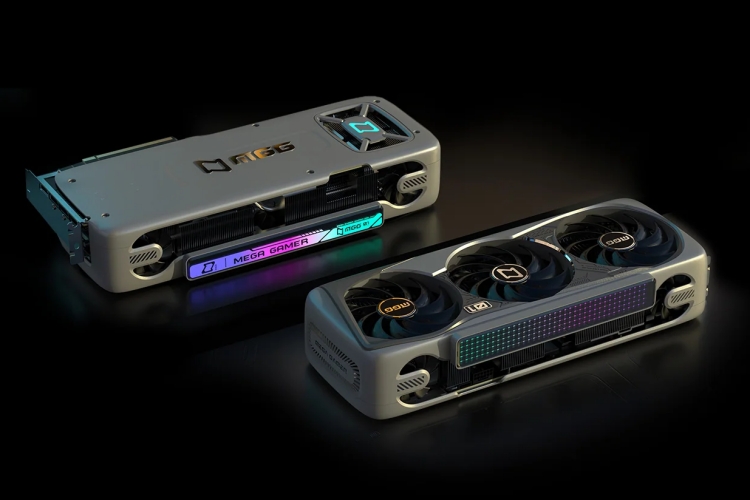Upgrading the graphics card on a PC is one of the most impactful ways to enhance gaming performance. A new graphics card can turn lagged gameplay into a smooth, immersive experience. This article guides you through the process of upgrading your GPU, covering key considerations before purchasing, how to select the right graphics card, the actual installation process, and after-installation steps for optimal gaming performance.
Pre-Purchase Considerations
Assessing Compatibility and Power Requirements
Before you purchase a new graphics card, first ensure your PC can support it. Check your motherboard for the right slot type, usually a PCIe x16 slot. Next, assess the power supply unit (PSU) wattage to ensure it can handle the new card’s power requirements; this information is typically found in the card’s specifications. Also, see if the card’s physical dimensions fit within your PC case, especially if you have a small form factor or a case with limited space.
Balancing Performance and Budget
Consider both your performance goals and budget. Determine which games you play and the graphics quality you aim to achieve, then research cards that meet those needs. You don’t always need the top-tier card for optimal gaming; mid-range cards often offer the best balance of cost and performance for most gamers. Stick to your budget and look for the best value card that meets your requirements.
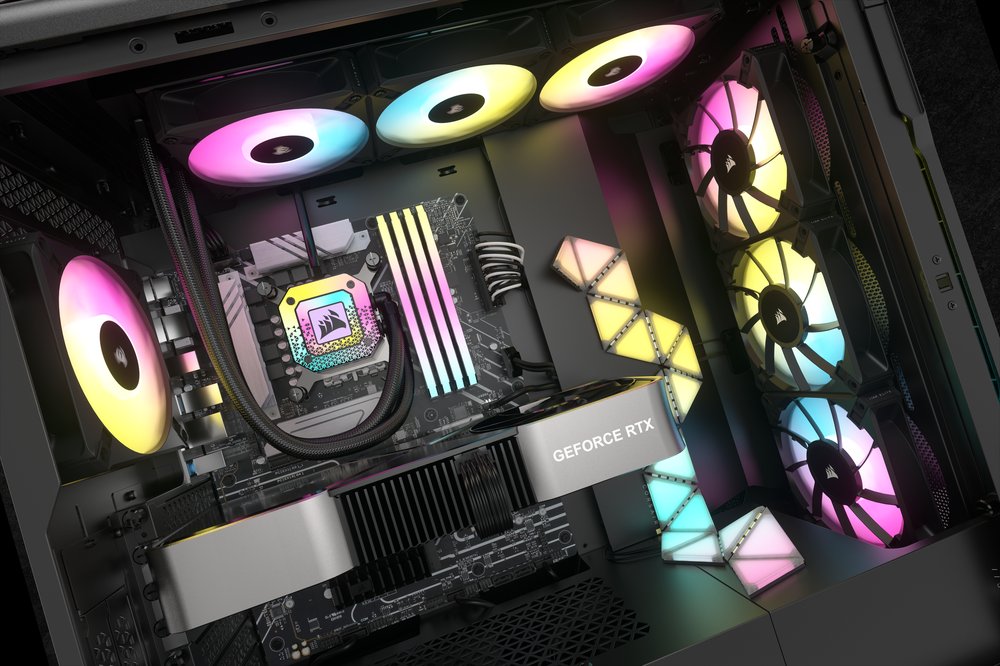
Selecting the Right Graphics Card
Understanding Technical Specifications
When selecting a new graphics card, look beyond just the memory. Consider the GPU’s clock speed, memory bandwidth, and the number of cores, which all contribute to rendering speed and image quality. Also, investigate how a prospective graphics card performs in benchmarks and in real-world gaming tests. Reviews and benchmark comparisons can provide insights into how different cards stack up against each other.
Brand and Future-Proofing
Choose a reputable brand that is known for quality and reliability. Additionally, think about future-proofing; investing a bit more in a higher-end card now might save you from needing another upgrade soon. Look for a card with DirectX 12 support and consider features like ray tracing if your budget allows, as these features can become more relevant with future game releases.
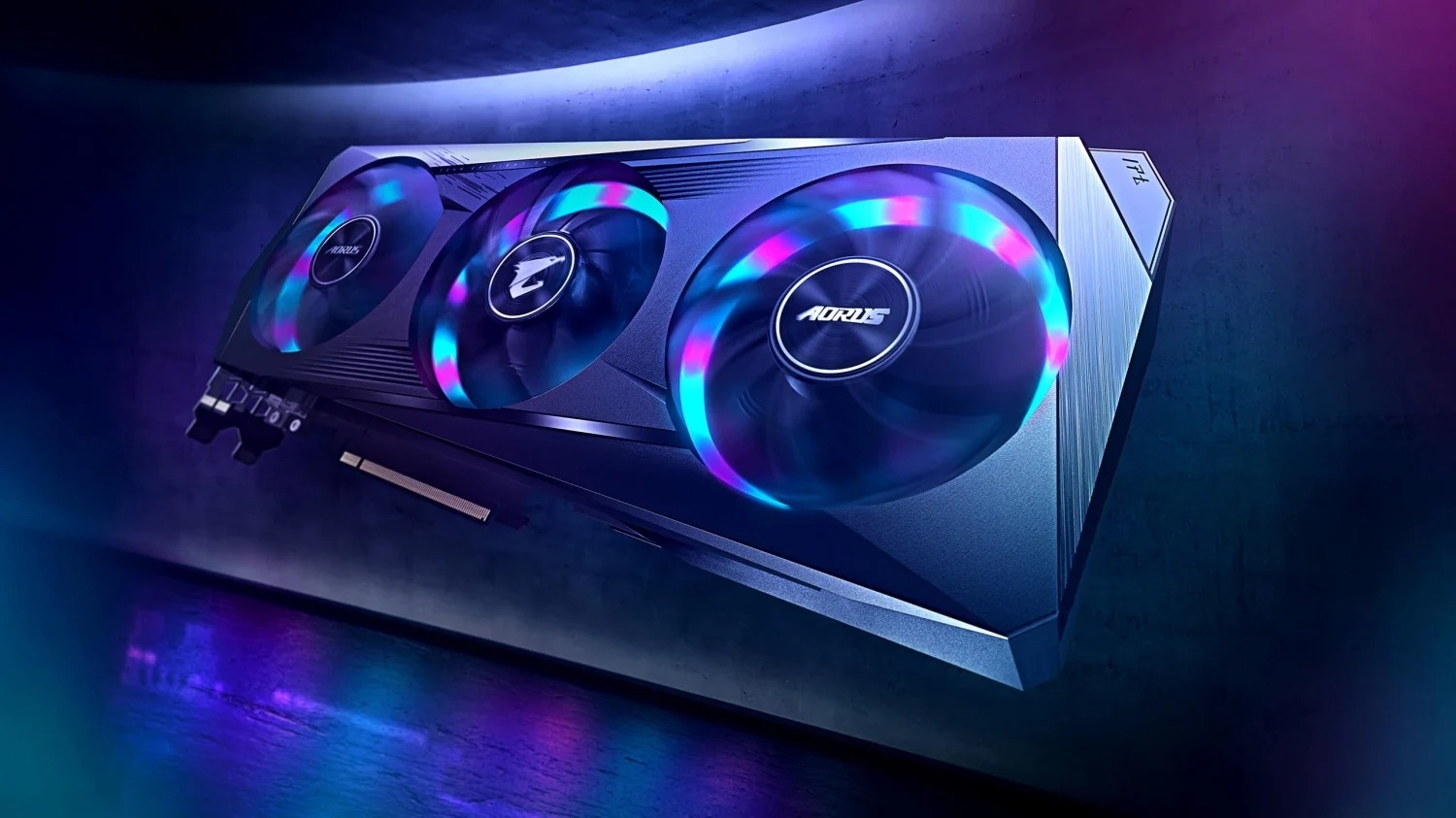
Installing Your New Graphics Card
Preparing for Installation
First, turn off your PC and unplug it. Remove the side panel of your case to access the internals. Ground yourself to prevent static electricity damage by touching a metal part of the case. Locate your current graphics card and remove any cables or connectors attached to it. Unscrew and carefully remove the card from the PCIe slot.
Inserting the New Graphics Card
Take your new graphics card out of its packaging, handling it by the edges to avoid damage. Line up the contacts at the bottom of the card with the PCIe slot and gently press down until it clicks into place. Screw the card into the case to secure it, and then attach any necessary power connectors from the PSU. Replace the side panel, plug in your PC, and turn it on.
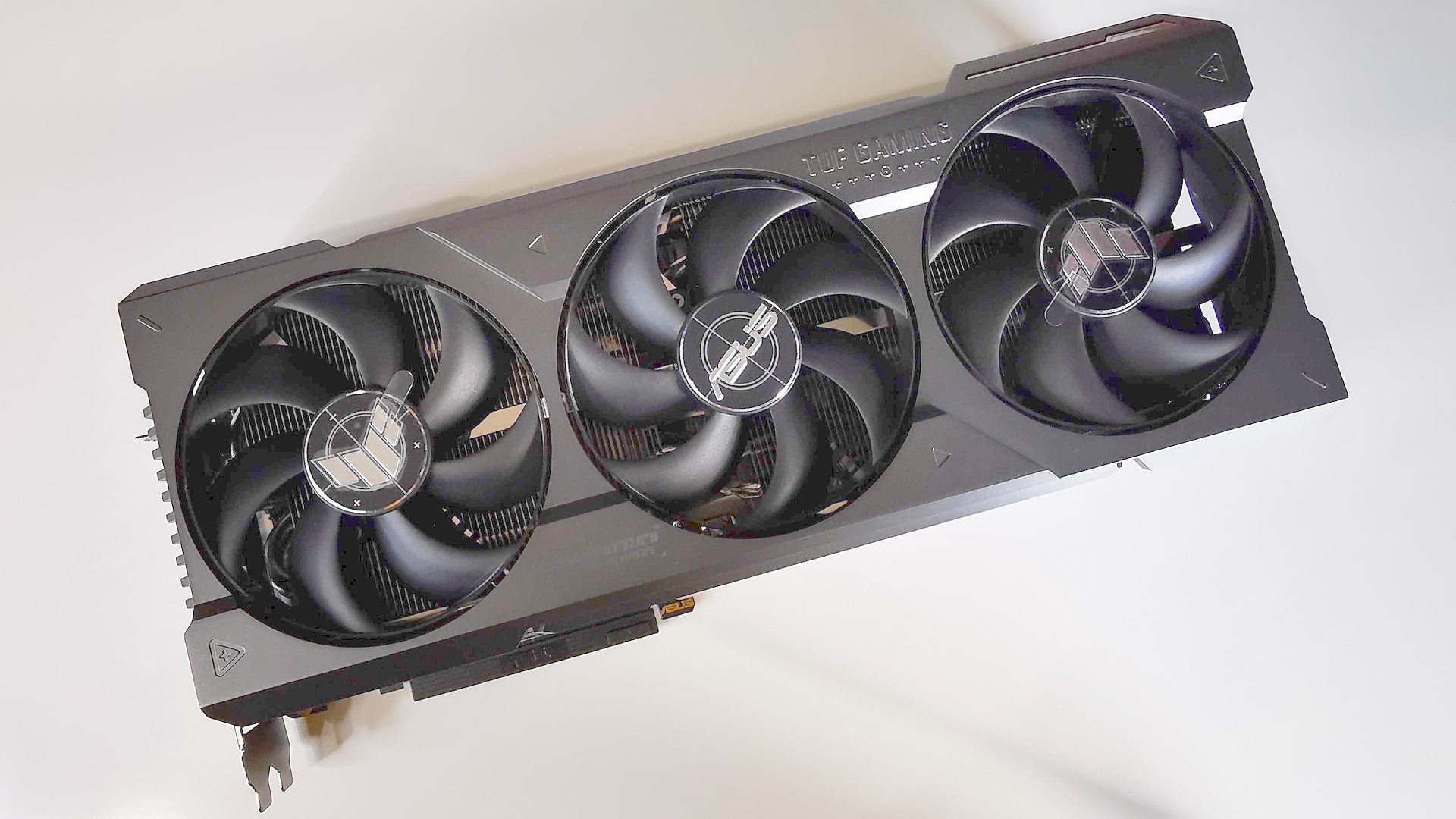
Post-Installation: Setting Up for Peak Performance
Installing Drivers and Software
Even if your PC recognizes the new graphics card, you’ll need the latest drivers for optimal performance and compatibility. Go to the GPU manufacturer’s website and download drivers specific to your card model and operating system. Install the software, following the instructions provided. This will ensure that your card performs at its best and that you have access to all its features.
Optimizing Settings and Testing
With drivers installed, adjust the graphics settings in your games. Start with the game’s recommended settings and tweak them for the right balance between visual fidelity and performance. Additionally, use benchmarking tools to test the card’s performance and stability. Monitoring software can help you keep an eye on temperatures and performance while gaming to ensure your system remains stable.
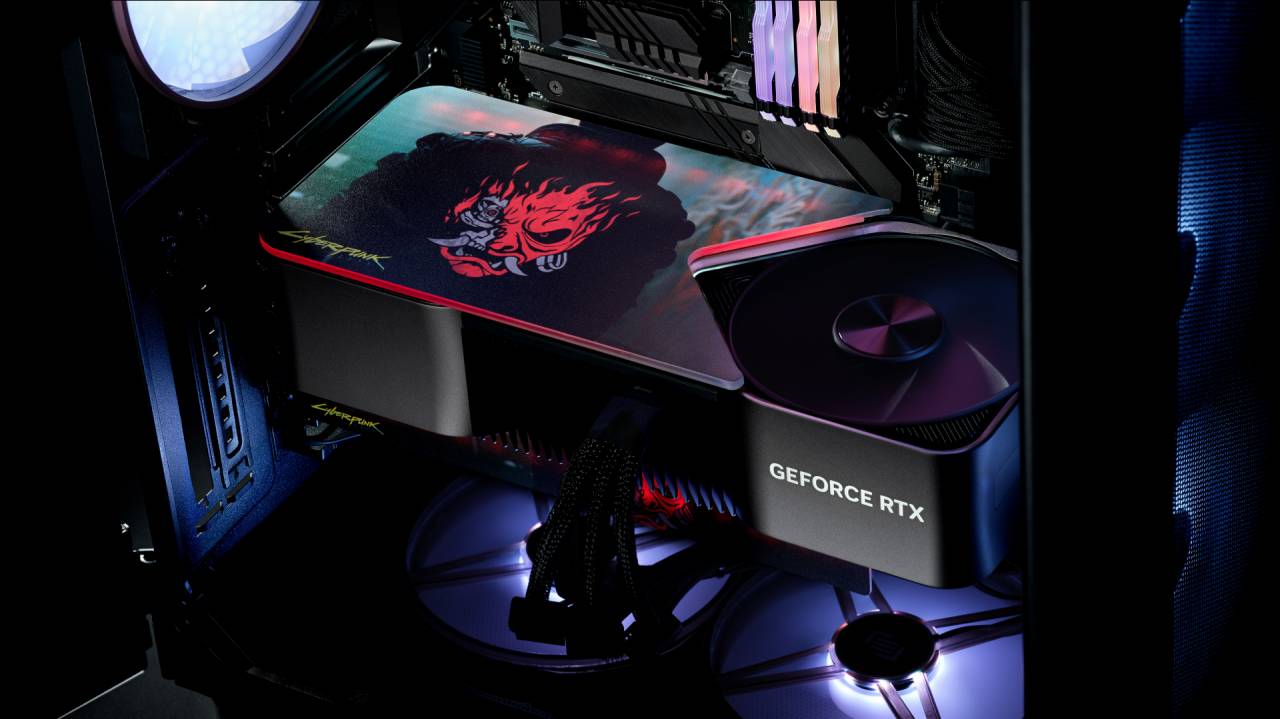
Enhancing Gaming Experience with Graphics Quality
Tailoring In-Game Settings
Once your new GPU is up and running, experiment with the in-game graphical settings to fully utilize its capabilities. Most modern games come with a plethora of adjustable parameters such as texture quality, shadows, anti-aliasing, and more. Tweak these settings while keeping an eye on the frame rate to find the sweet spot between performance and visual quality that suits your preferences and takes advantage of your hardware upgrade.
Upgrading Visuals With Add-ons
To push your visual experience further, consider additional graphics mods and shaders that many gaming communities offer. These can significantly improve textures, lighting, and special effects beyond what the default game provides. Ensure that these modifications are compatible with your game version and that your system can handle the extra load.
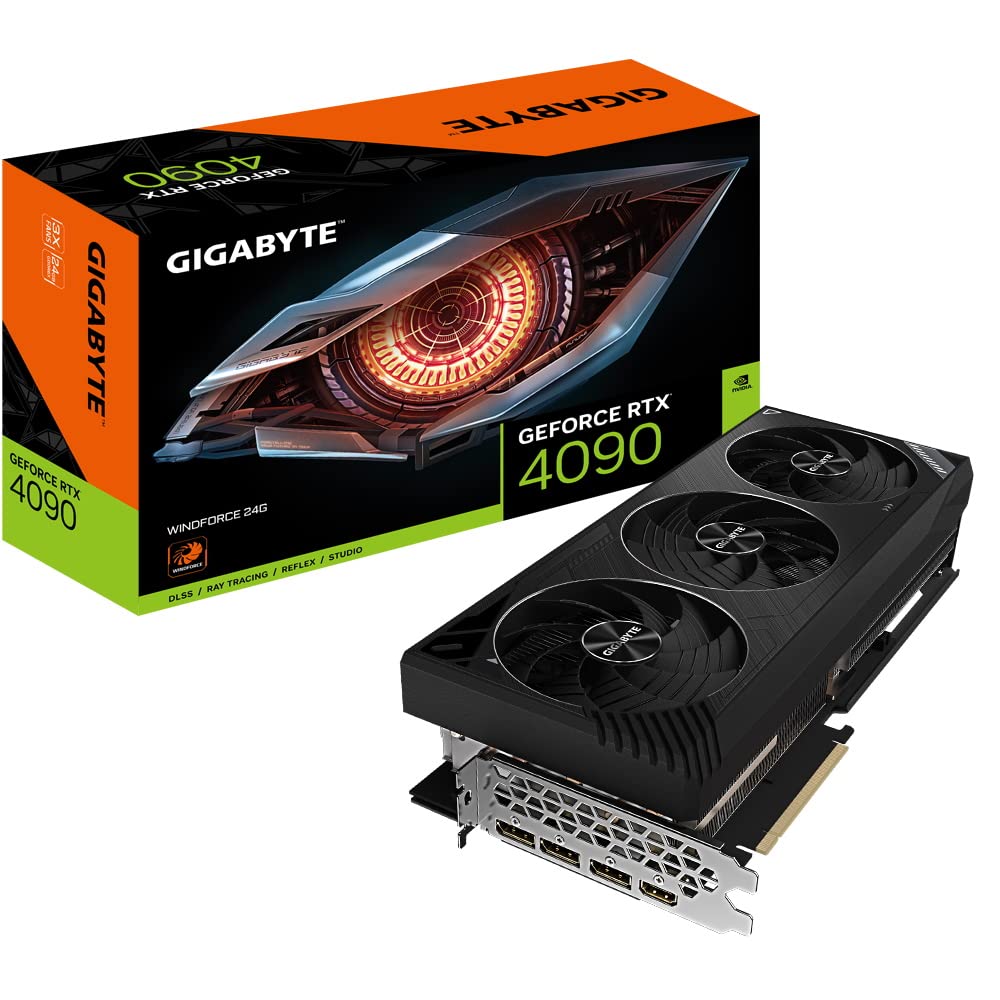
Monitoring and Maintenance
Keeping the System Cool
A new powerful graphics card can generate more heat, so it’s crucial to maintain proper cooling. Ensure your PC case has enough airflow and consider adding more fans or a dedicated GPU cooler if temperatures are higher than recommended. Monitoring software can help track GPU temperatures and alert you if the cooling system needs attention.
Regular Driver Updates and Cleaning
Keep your system updated by regularly checking for new GPU driver releases. Manufacturers frequently update drivers to improve performance and compatibility with the latest games. Additionally, physically clean your graphics card periodically to prevent dust buildup, which can insulate heat and reduce efficiency. A blast of compressed air can clear out dust from the card’s heatsink and fans.
Advanced Configuration for Enthusiasts
Fine-Tuning With Overclocking
For enthusiasts looking to get the most out of their new graphics card, overclocking can be an option. Overclocking involves running your GPU at higher speeds than factory settings, potentially leading to better performance. This is done using specialized software provided by the GPU manufacturer or third-party applications. Always overclock gradually and monitor the system’s response to ensure stability.
Exploring Multi-GPU Setups
If one graphics card significantly elevates your gaming experience, imagine what two could do. Some gamers opt for a multi-GPU setup, utilizing technologies such as NVIDIA’s SLI or AMD’s CrossFire, to pair compatible cards for increased performance. Keep in mind this requires a compatible motherboard, an adequate PSU, and a well-ventilated case, as well as support from the games you wish to play.
By carefully choosing the right graphics card, ensuring it’s compatible with your system, properly installing it, and updating drivers and settings, you’ll experience a significant boost in gaming performance. A new graphics card not only enhances gaming visuals but also revitalizes your overall computing experience, paving the way for a smoother and more enjoyable interaction with the latest games and software.
